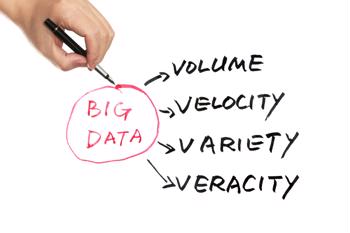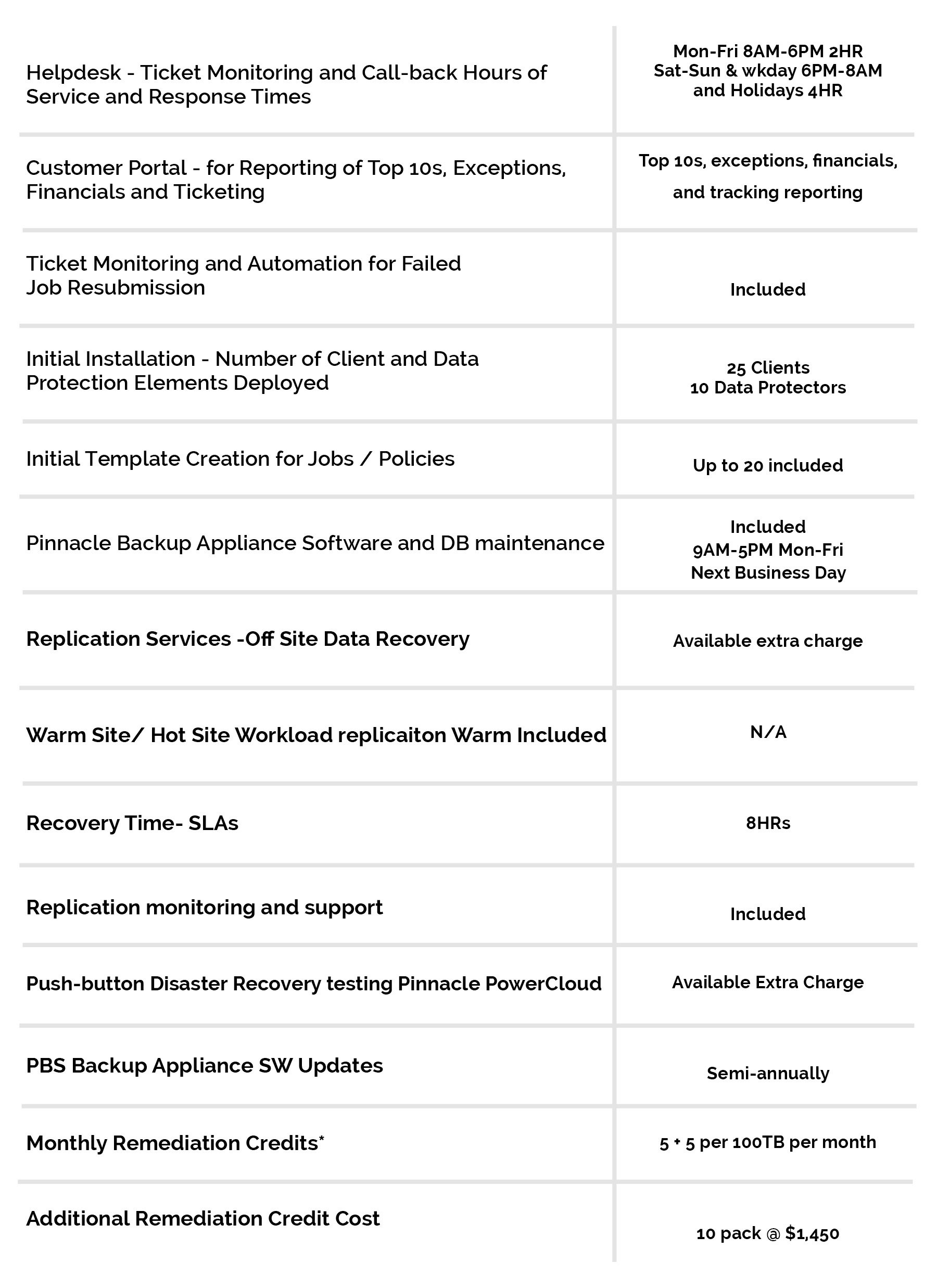15 May Best practices for data preparation: Ensuring accuracy in results
Analyzing available data sets for key business insights has become common practice across nearly every industry today. Decision-makers rely on these results to ensure their organizations are on the path to success, and that plans align with future forecasts.
However, before these insights can be leveraged for business processes, analysts must make sure the data is properly prepared for analysis.
A leading challenge
According to research from TDWI and SAS, over one-third (37 percent) of businesses were dissatisfied with their ability to identify relevant data and leverage it for analytics. What’s more, statistics show that the top challenge here revolved around the need to improve data preparation.
Without proper planning – and all the tasks that come along with it – the actual analysis of included datasets may not run as smoothly as stakeholders hoped. Issues like duplicate or missing information can greatly skew analysis results, making preparation a necessary and critical process.
 Top tips to support accuracy
Top tips to support accuracy
While data preparation is surely one of the most tedious and time-consuming parts of the analytics process, its importance cannot be overlooked. Here are a few things stakeholders can do to support preparation and help ensure accuracy within their next analytics initiative:
Consider included data sets: As Talend contributor Rekha Sree noted, analysis isn’t about having a high quantity of data, but instead having the right sources and sets in place. What’s more, selecting the right data sets according to a specific project’s requirements will streamline the process when similar needs arise in the future. Finding the right data will mainly depend upon the scope of the individual initiative, but Sree advised utilizing sets from multiple platforms or sources, and filtering information to ensure that it aligns with the goal of the project and meets the specified rules and conditions.
Cleanse the data: Certain sources may provide valuable details for analysis, but may also include duplicate or null values, or even advertising or spam data. This information can lead to significantly inaccurate results, and must be removed before analysis.
Check for missing information: This will largely depend upon the goal and scope of the initiative itself, but before analysis, stakeholders should check for gaps in data that might lead to misleading results. This can include missing values for a particular data set, or other, similar sources that could be helpful or provide another layer of analysis.
Look for outliers: InData Labs suggested checking for outliers – pieces of information or specific sets that stand out from other sources, and may warrant more individual and in-depth study by themselves.
Cleanly prepared data will provide the most accurate and actionable insights from analysis, ensuring decision-makers have the details they need to properly direct business initiatives.
To find out more about best practices for data preparation and the role an advanced big data and analytics solution can play in the process, connect with Pinnacle today.





